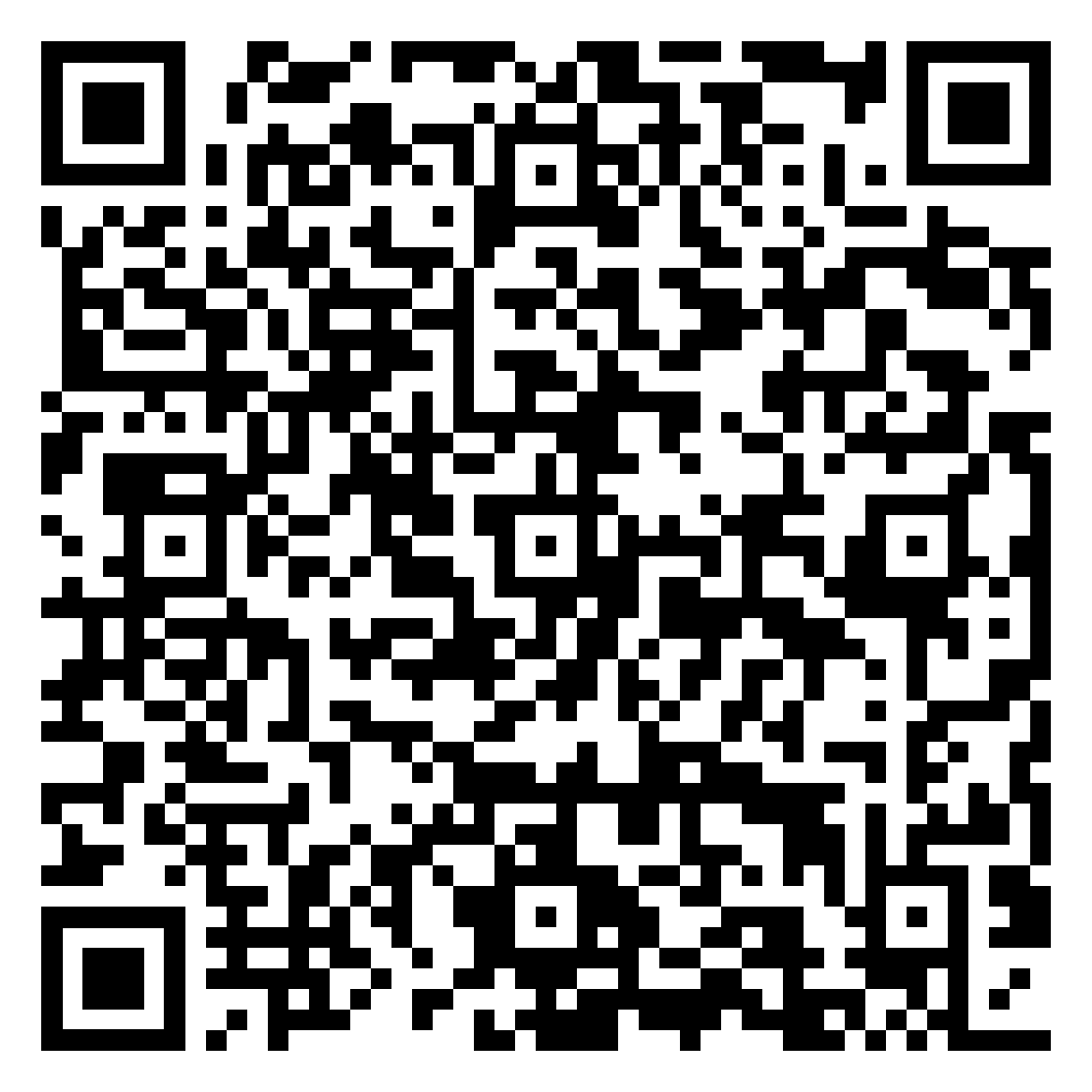Overview
Shock states refer to a life-threatening condition where there is inadequate blood flow to the body's tissues,
leading
to insufficient oxygen delivery.
In paediatric patients, shock can result from various causes, including hypovolemia (due to dehydration or
bleeding),
cardiogenic shock (heart failure), distributive shock (sepsis or anaphylaxis) and obstructive shock (pulmonary
embolism
or tension pneumothorax).
Symptoms
Common symptoms of shock in children include:
- Pale or mottled skin
- Rapid heart rate (tachycardia)
- Weak or absent pulses
- Cold extremities
- Rapid breathing (tachypnoea)
- Altered mental status (confusion, irritability or lethargy)
- Low blood pressure (hypotension)
Diagnosis
Diagnosis typically involves:
- Clinical assessment: A physical examination to check for signs of shock
- Vital signs monitoring: Measuring heart rate, blood pressure and respiratory rate
- Laboratory tests: Blood tests, including complete blood count, electrolytes, and lactate levels, to identify the
cause of shock and assess organ function
- Imaging studies: Ultrasound or X-rays may be used in specific cases to diagnose underlying conditions
Treatment
Treatment approaches depend on the type of shock but commonly include:
- Fluid resuscitation: Involving administering IV fluids to restore blood volume
- Medications: To improve blood circulation and support cardiac function
- Monitoring: Continuous monitoring in paediatric intensive care to assess response to treatment and manage any
potential complications
- Identifying the underlying cause: Assess any conditions that are contributing to the shock states
Book Appointment
800 7762
Book Appointment
800 7762

